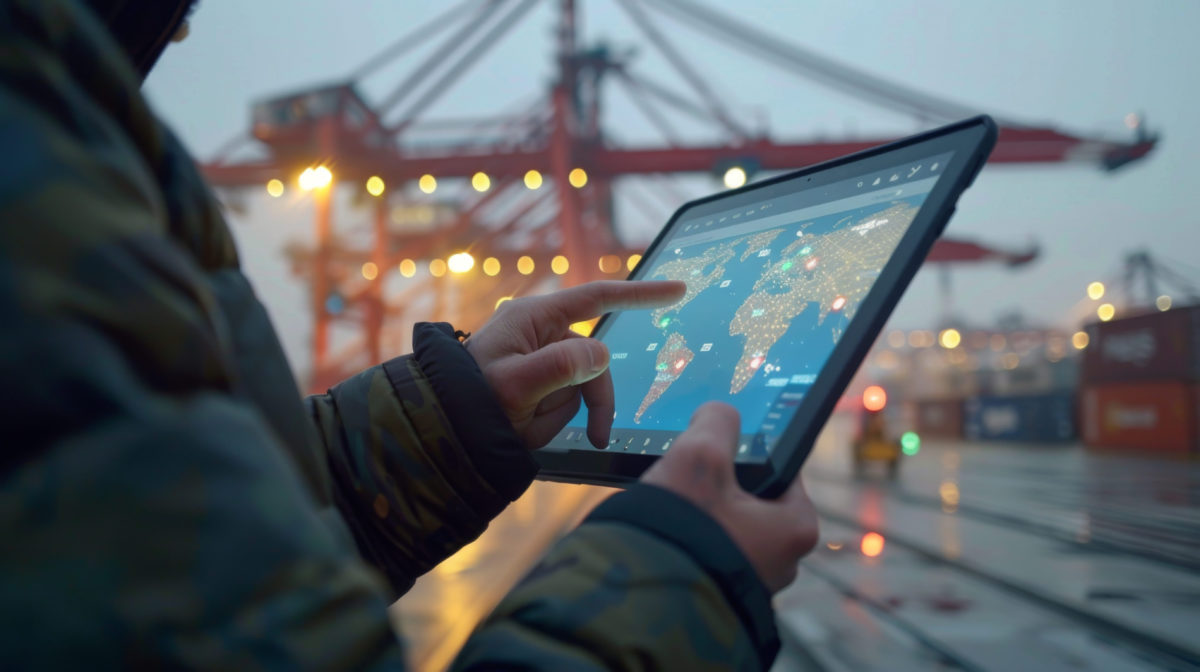Battery recycling projects get $3.5 million from US

The Argonne National Laboratory received $3.5 million in funding from the United States Department of Energy to advance battery recycling technology and support the effort to expand commercial-scale, domestic production of battery materials.
Scientists at Argonne have pioneered new ways to extract materials from old batteries so they can be recycled and used again. They also have developed state-of-the-art models to evaluate the economic and environmental impacts of each stage of a battery’s life, from the mining of raw materials to recycling.
This experience has led to the launching of a number of partnerships with companies such as Lilac Solutions, which has developed a new method to extract lithium from brines that the company said can double the lithium recovery compared to conventional methods and dramatically reduce production time.
Together with Argonne, Lilac is working to better understand the potential of its new technology, particularly when it comes to its minimal impact on the environment.
Similarly, Argonne is helping the American Battery Technology Company (ABTC) conduct analyses on its field demonstration facility that produces lithium hydroxide from claystone deposits.
The goal is to estimate production costs and environmental impacts, as well as identify opportunities for improvement.
ABTC is also working with Argonne on a separate project that will optimize and test new advanced separation and processing technologies at an ABTC battery recycling facility. The solutions, they said, have the potential to work better and cost less while using less water and having less of an environmental impact.
Another partner Argonne will continue to work with thanks to the new funding is Michigan Technical University, whose team has a project that aims to address issues of the cost and quality of material produced in battery recycling by coupling the recycling with existing mine waste reclamation efforts.
According to the lab, if successful, the solution could reduce energy use by 25%. It could also help to establish a profitable US battery recycling business and provide needed battery materials from unconventional sources.
Argonne scientists will also be working with Princeton NuEnergy Inc. to develop new direct recycling methods for end-of-life lithium-ion batteries.
The focus of Princeton’s initiative involves using the battery components without breaking down the chemical structure. Today, most battery recycling involves disassembling existing batteries to extract the raw material needed for production. The new approach lowers costs and increases material performance. It also reduces chemical waste and limits the risk associated with the materials supply chain.
Finally, Argonne will be supporting the University of California San Diego in the development of a working pilot for a new battery recycling technology that integrates a purification process into regeneration to improve the quality of cathode materials while reducing costs by up to 80%. This could help solve the issue of limited domestic cathode supply.
“Argonne is excited to have this great opportunity to help advance battery recycling technology and support the effort to expand commercial-scale battery materials production and manufacturing in the US,” said Jeffrey Spangenberger, who leads the materials recycling group at the lab. “The first electric vehicles to hit the US market are nearing the end of their life. Argonne is developing the technology needed to recycle their EV batteries and reclaim the precious metals they contain, so they can be used to power the electric vehicles of the future.”
According to Spangenberger, by 2040, nearly 8 million tons of EV batteries may be available for recycling. Tapping them for the US’ needs can reduce emissions by as much as 16 million tons a year while also providing a much-needed domestic source for battery materials.
{{ commodity.name }}
{{ post.title }}
{{ post.date }}

Comments